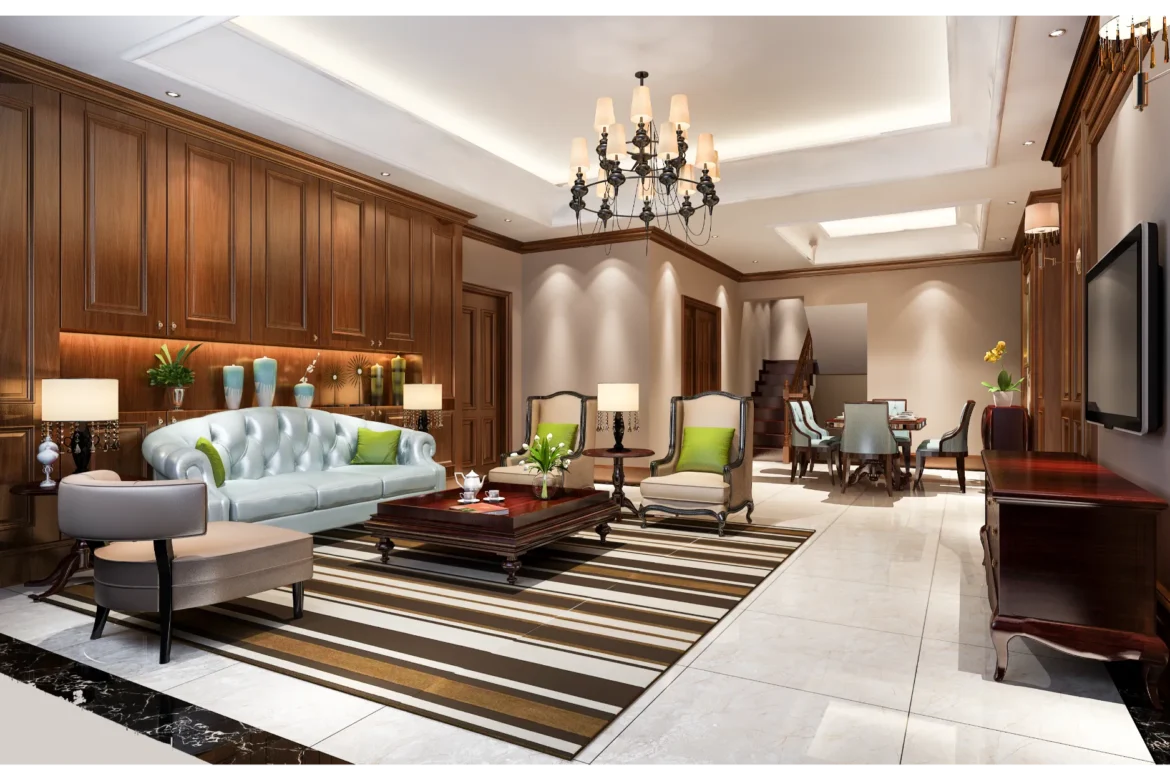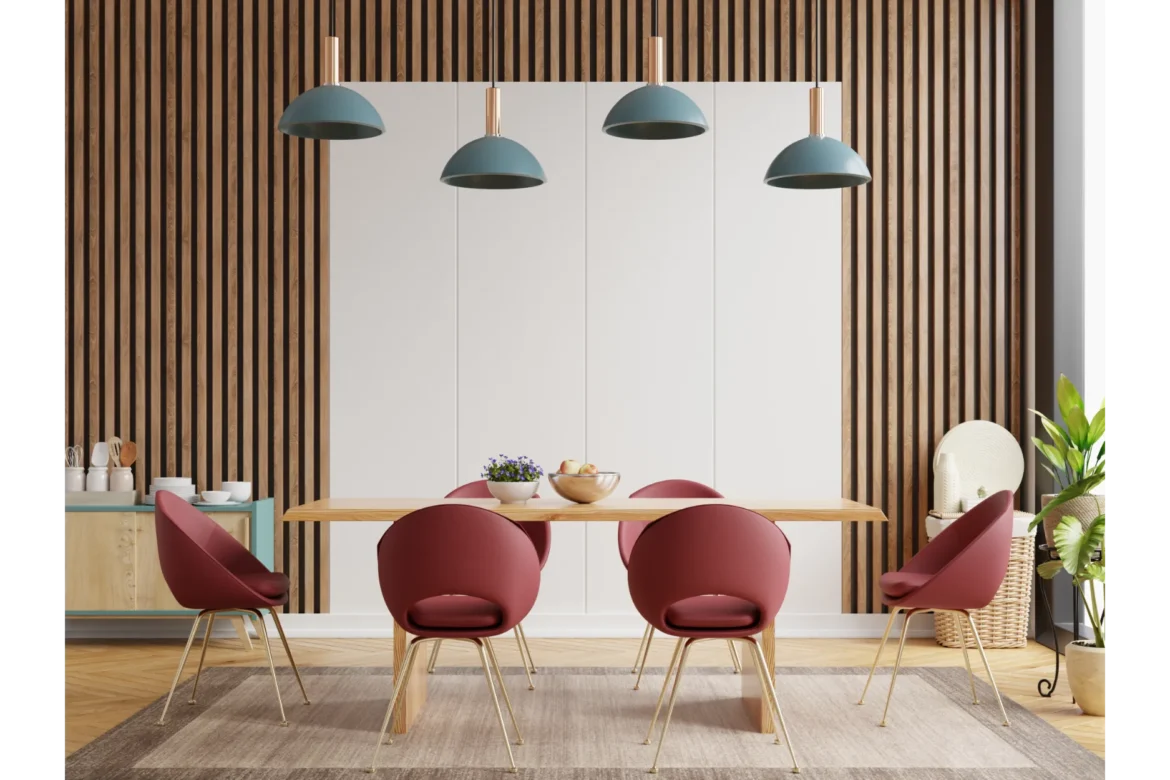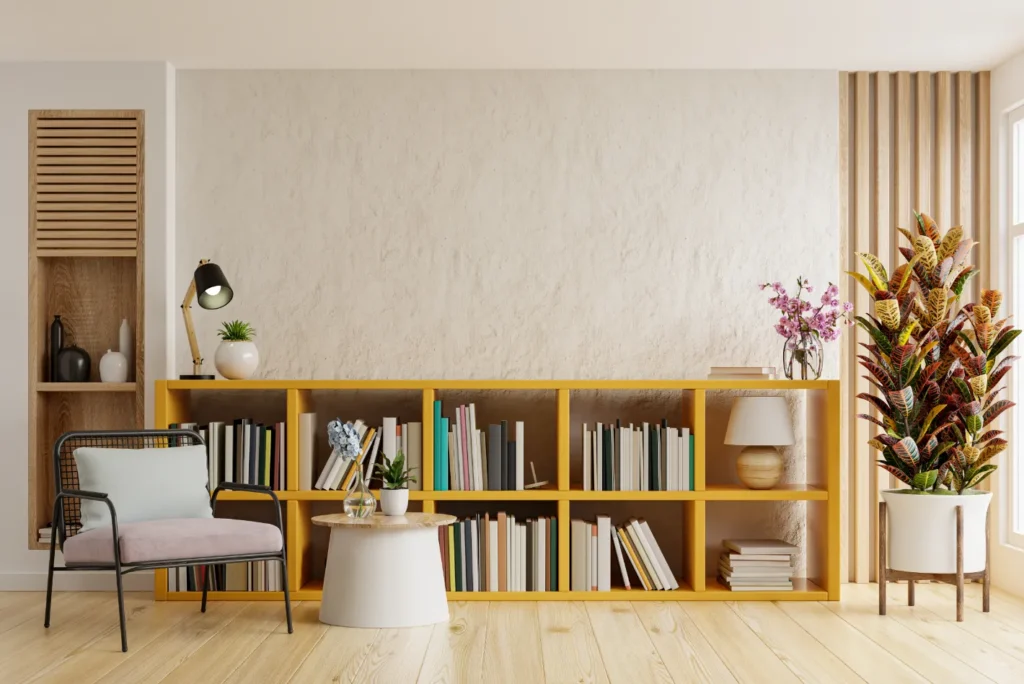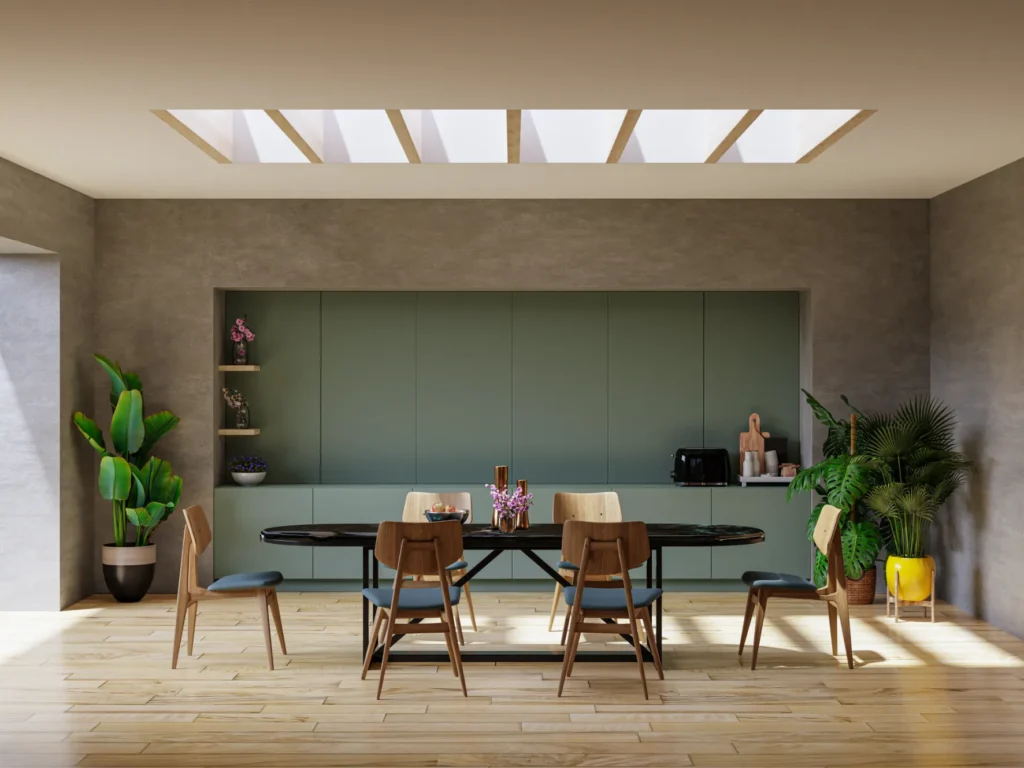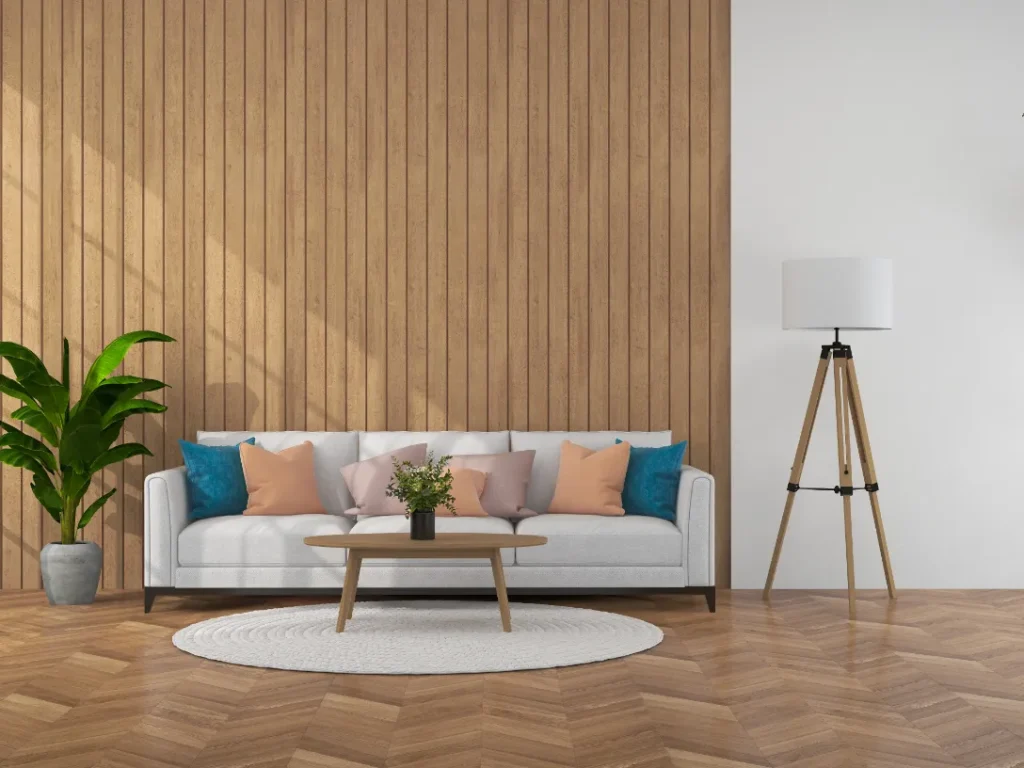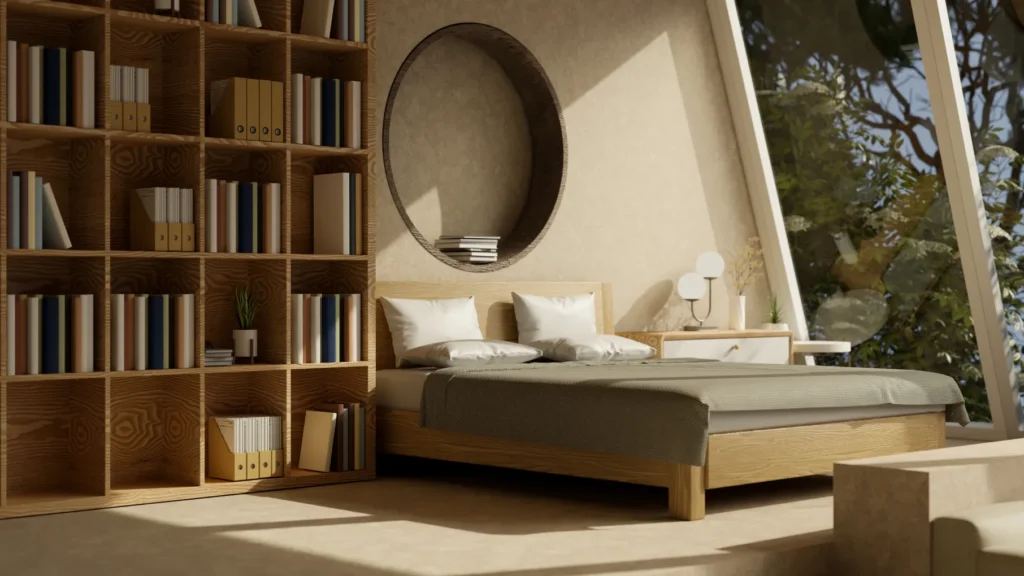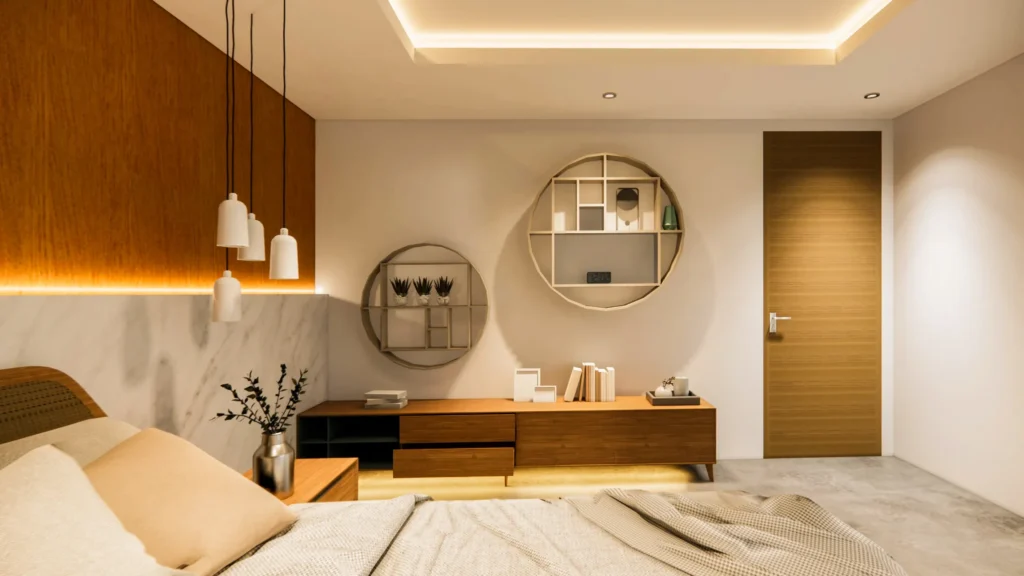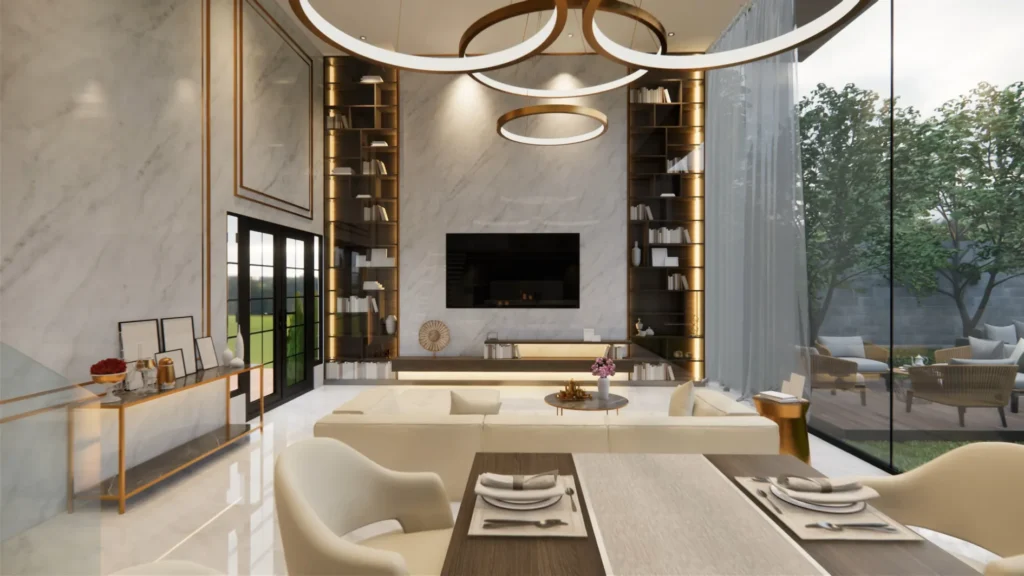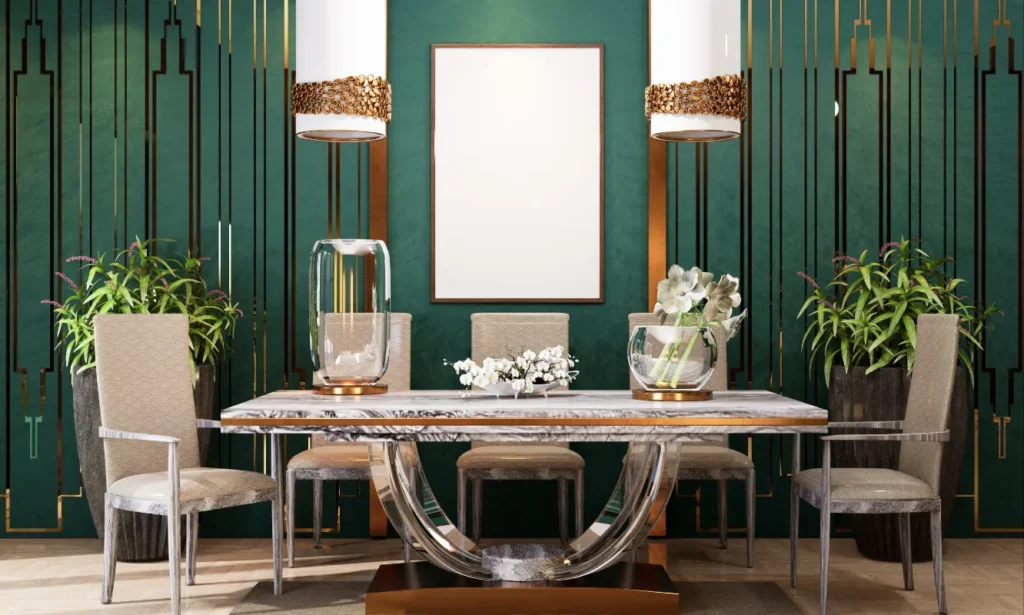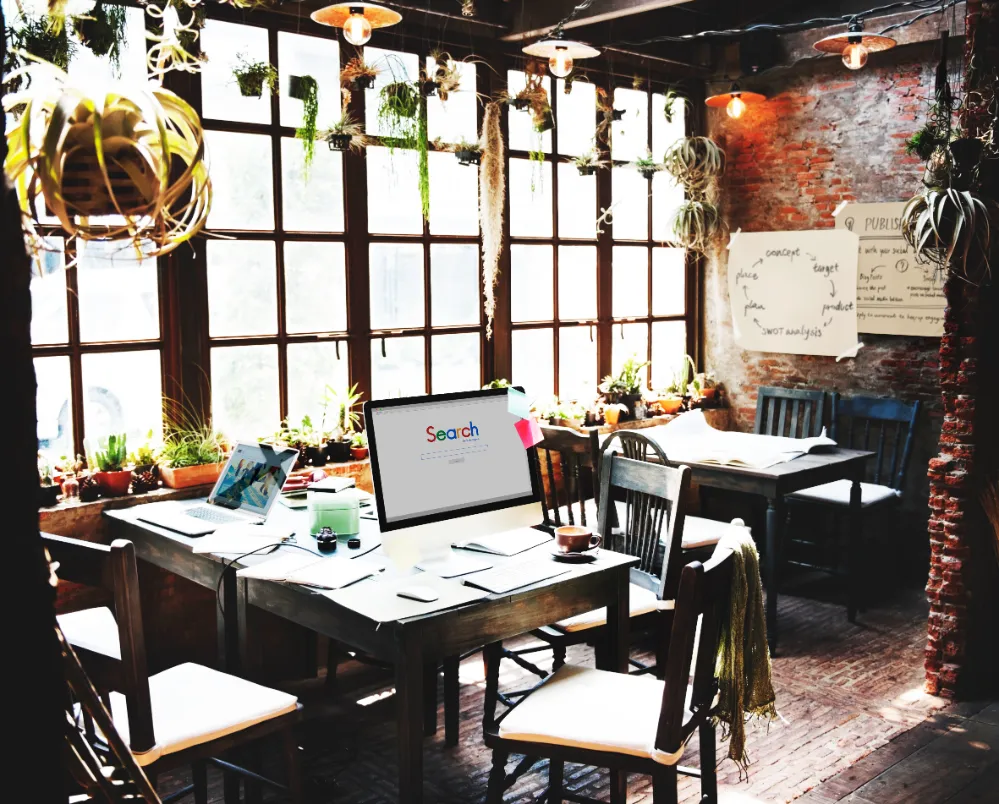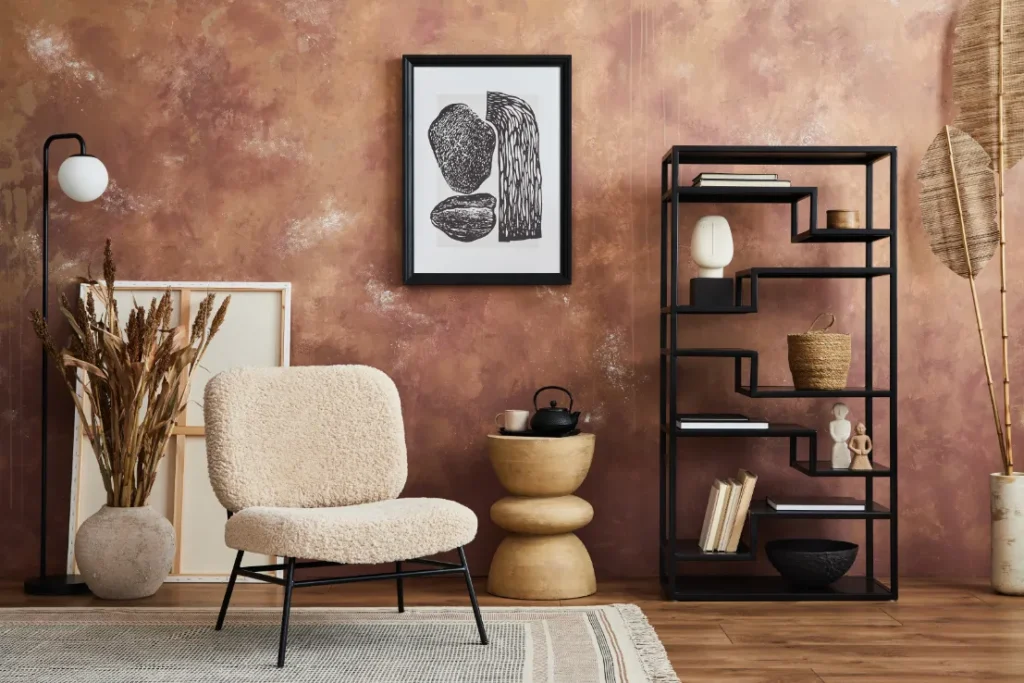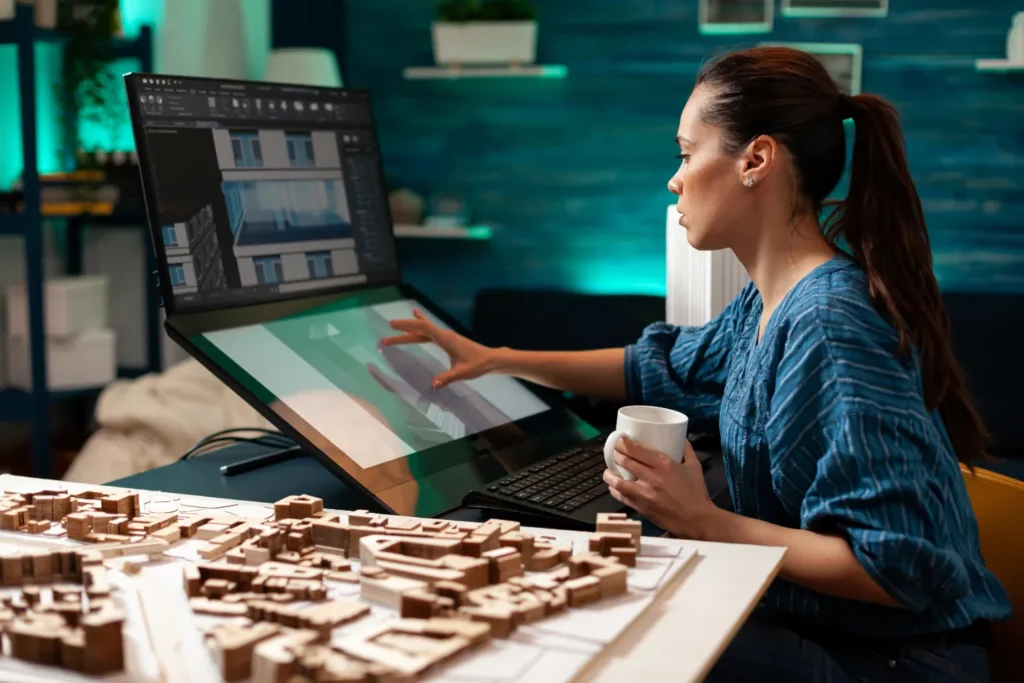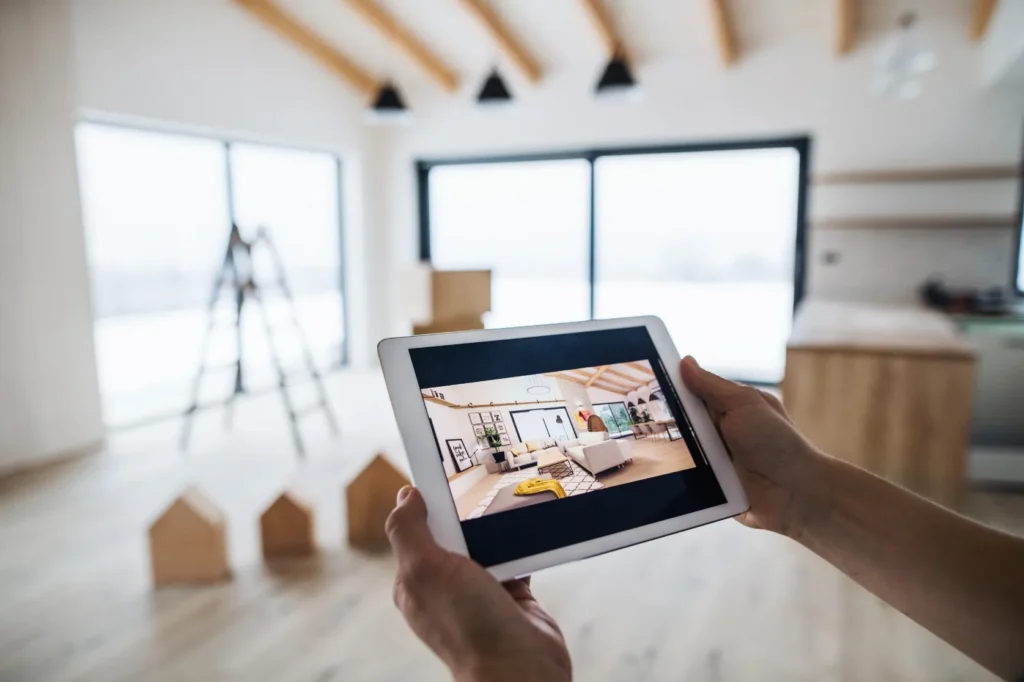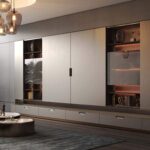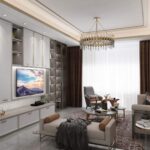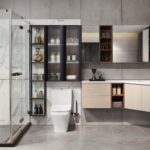Focus On Delivering Your Interior Design Projects Faster With These 5 Tips
Overview
Unlock the secrets of successful interior design with us. Navigate trends, streamline projects, and craft spaces that leave a lasting impression.
Time is a resource we can’t reclaim. Mastering its effective management is the key to unlocking your full potential.
Embark on a journey with us into the intricate world of interior design, where creativity converges with the ticking clock. Interior designers, the visionaries crafting spaces into captivating experiences, face a unique array of challenges in project management.
Envision creating a dreamy living room while juggling client expectations, coordinating with suppliers, and staying atop the latest design trends. Interior designers navigate a delicate dance between artistic expression and logistical intricacies, where the devil lies in the details. Common challenges include managing diverse client expectations, each with varied tastes, preferences, and visions.
From sourcing perfect fabrics to ensuring timely furniture delivery, navigating the supply chain becomes a high-stakes game that can make or break a project. Balancing the delivery of visually stunning designs with budget constraints demands strategic planning and financial acumen. The realm of interior design is in a constant state of flux, where trends change as rapidly as the seasons. Staying ahead demands not only creativity but also nimble adaptability.
In the world of interior design, time serves as more than just a monetary asset; it functions as the crucial element binding the entire creative process together. The significance of effective time management is multifaceted.
Effective time management serves as the backbone for meticulous project planning. Every detail, from conceptualization to final execution, relies on a well-thought-out timeline. With efficient time management, designers can channel more energy into the creative aspects of their work, resulting in heightened productivity and superior outcomes.
Timely project delivery instills confidence in clients, showcasing professionalism and dedication to their vision. It goes beyond simply meeting deadlines; the focus is on exceeding expectations. Managing time effectively allows designers to stay attuned to the latest trends without compromising work quality—an intricate balance between staying current and remaining true to one’s design philosophy.
This blog is your guide to navigating client interactions, supplier collaborations, and budget constraints without sacrificing your creative flair. Discover the secrets to reclaiming more time for what you love—designing. We’ll share proven methods to streamline your workflow, boosting your overall efficiency.
Time Management Strategies for Interior Designers
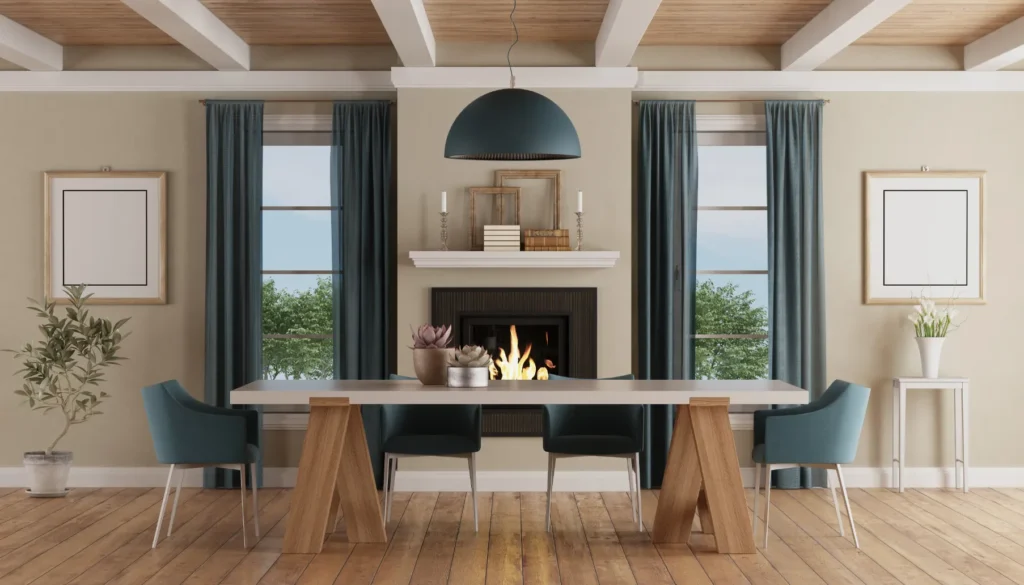
Effective time management is the cornerstone of successful interior design projects. In this section, we’ll explore key strategies to help designers streamline their processes and boost efficiency.
Embrace Digital Tools
Introduction to Project Management Software: In the dynamic world of interior design, staying organized is paramount. Enter project management software, a digital ally that simplifies your workflow. There are many, available in the space, which include tools like Trello, Asana, or Monday.com. However, tools designed specifically for interior design professionals, allow them to centralize project details, track tasks, and foster collaboration seamlessly.
Benefits of Using Digital Tools: Embracing project management software offers a plethora of advantages. It enhances scheduling, task management, and collaboration, fostering a more cohesive work environment. With instantaneous updates and centralized communication, designers can seamlessly collaborate with clients and team members, guaranteeing that everyone is aligned and working together cohesively.
Twinn is one such project management software, designed especially to simplify interior design workflow for professionals.
Read More: Making The Most Of Your Interior Design Skills- 5 Tips For Efficient Time Management
Establish Clear Project Goals and Scope
Importance of Defining Project Goals and Scope Upfront: Setting the stage for success begins with crystal-clear project goals and scope. This upfront clarity provides a roadmap for the entire design process, minimizing uncertainties. For example, if a client desires a ‘modern and minimalistic’ aesthetic, this becomes the guiding principle throughout the project.
How Clarity in Goals Reduces Decision-Making Time: A well-defined project scope reduces decision-making time significantly. Designers can make choices swiftly, aligning each decision with the established goals. For instance, if the project goal is to create a ‘cozy and inviting’ space, decisions on color schemes, furniture, and lighting become more focused and efficient.
Tips for Effective Goal-Setting and Scoping:
- Collaborate closely with clients to understand their vision.
- Break down overarching goals into smaller, manageable tasks.
- Clearly communicate project limitations and boundaries.
Prioritize Tasks and Create a Schedule
The Significance of Prioritization in Time Management: Time is a precious commodity in interior design, making task prioritization crucial. Prioritizing tasks ensures that essential elements are addressed first, preventing bottlenecks and delays. For instance, if sourcing unique materials is critical to the project, prioritizing this task early on is key.
Techniques for Task Prioritization: Use the Eisenhower Matrix to categorize tasks by urgency and importance.
Consider the impact of each task on the overall project timeline.
Regularly reassess priorities as the project evolves.
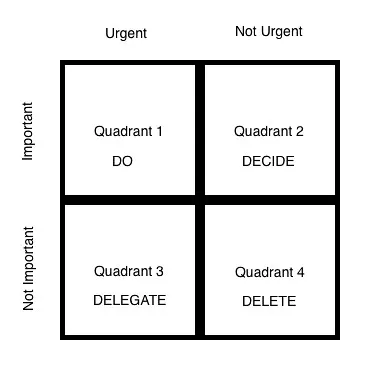
Creating a Realistic Project Schedule and Sticking to Deadlines: A realistic project schedule is a blueprint for success. Set achievable milestones, considering the intricacies of each project phase. Sticking to deadlines demands discipline and effective time allocation. For example, allocate specific time slots for client meetings, design iterations, and project reviews.
Effective Communication Strategies
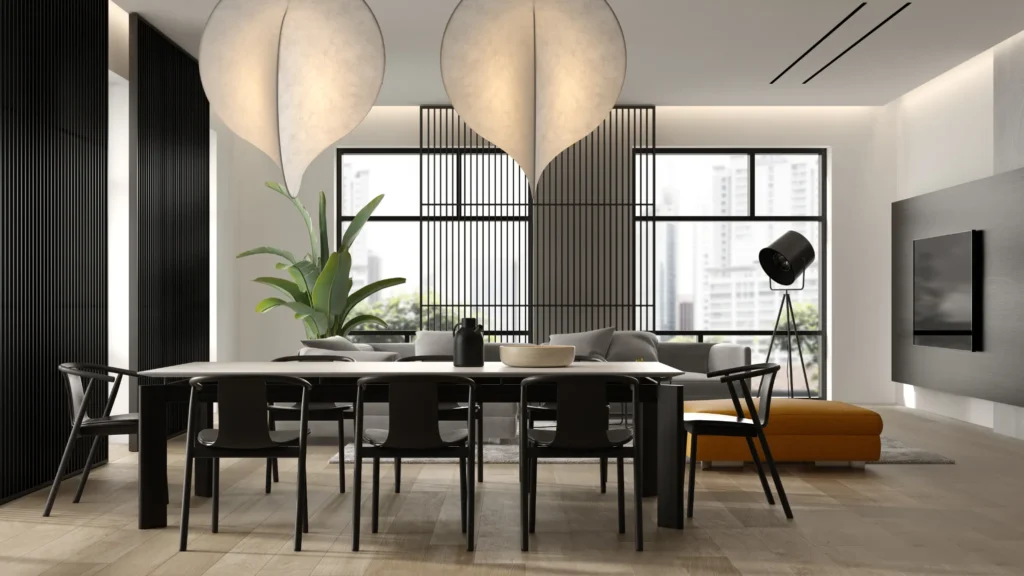
Effective communication lies at the heart of successful interior design projects. In this section, we’ll delve into key strategies for streamlining client communication and fostering collaboration within your team.
Streamlining Client Communication
Setting Clear Communication Channels:
Establishing clear communication channels is akin to creating a blueprint for project success. Clearly define how clients can reach you, whether through email, scheduled calls, or project management tools. For instance, adopting a dedicated email thread for each project ensures that important information is easily traceable.
Regular Project Updates and Progress Reports:
Keeping clients informed about the project’s progress is essential. Regular updates and progress reports create a transparent and trusting relationship. Utilize project management software or create a schedule for periodic check-ins. For instance, sharing mood boards, design drafts, and construction updates provides clients with a tangible sense of project advancement.
How Effective Communication Enhances Client Satisfaction:
Effective communication is the linchpin of client satisfaction in interior design. When clients feel informed and involved, they are more likely to be satisfied with the final outcome. For example, promptly addressing client queries or concerns demonstrates attentiveness, fostering a positive client-designer relationship.
Collaborating with Team Members
Utilizing Collaborative Platforms for Team Communication:
In the collaborative landscape of interior design, communication among team members is pivotal. Utilize collaborative platforms like Slack, Microsoft Teams, or even project-specific tools. For example, setting up dedicated channels for design discussions and project updates ensures that the entire team is well informed and engaged.
Tips for Fostering a Collaborative Team Environment:
- Encourage Open Communication: Create an environment where team members feel comfortable sharing ideas and feedback.
- Establish Clear Roles and Responsibilities: Clearly define each team member’s role to avoid confusion and ensure accountability.
- Regular Team Meetings: Schedule regular team meetings to discuss project progress, address challenges, and brainstorm ideas.
In the dynamic world of interior design, effective communication is non-negotiable. By streamlining client communication and fostering a collaborative team environment, you not only enhance project efficiency but also lay the foundation for client satisfaction. Envision a project where unity prevails, aligning clients and team members harmoniously, thereby contributing to a smooth and triumphant design journey. Remember, in interior design, communication is the bridge that transforms ideas into stunning, tangible spaces.
You might also like: Interior Design Proposal: How To Price Your Services Competitively In 4 Easy Steps
Outsourcing and Delegation
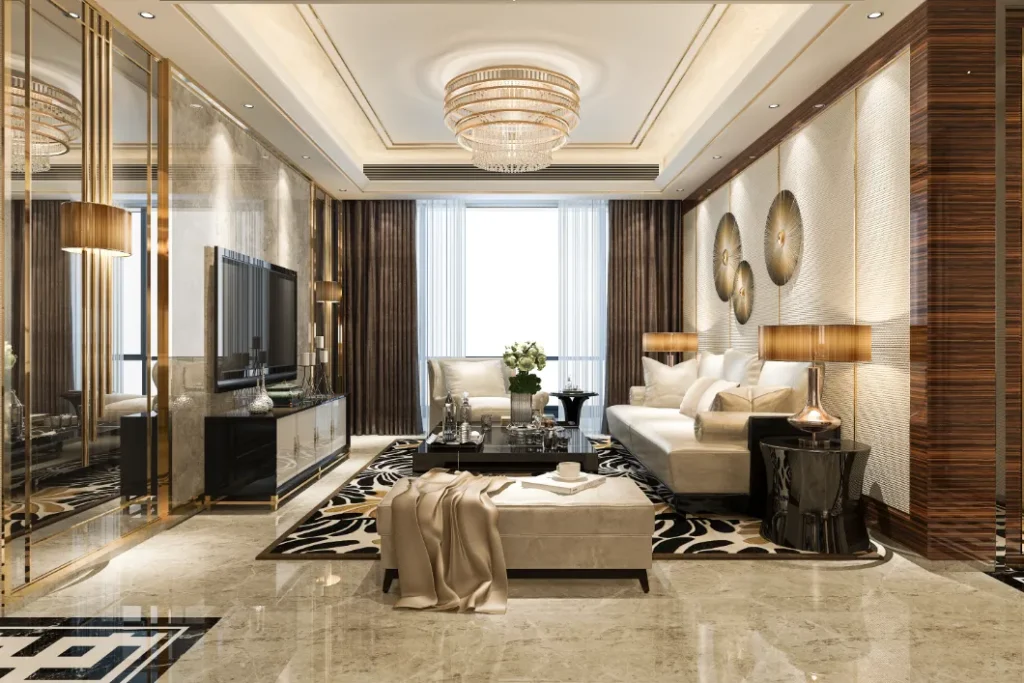
Outsourcing and delegation are powerful strategies that can propel interior designers toward greater efficiency and success. Let’s explore how these tactics can be harnessed effectively in the dynamic world of interior design.
Identifying Tasks for Outsourcing
Tasks That Can Be Effectively Outsourced:
Not every aspect of interior design requires the personal touch of the designer. Tasks like drafting, 3D modeling, or even administrative duties can be effectively outsourced. For instance, outsourcing the creation of detailed floor plans or sourcing materials allows designers to focus on the creative aspects of their projects.
Benefits of Outsourcing for Interior Designers:
Outsourcing comes with a myriad of benefits for interior designers. It allows professionals to tap into specialized skills without the need for in-house expertise. Moreover, opting for outsourcing not only results in cost savings but also provides enhanced flexibility in handling workloads. For example, engaging a virtual assistant for administrative tasks enables designers to allocate more time to design conceptualization.
Recommended Outsourcing Platforms and Services:
- Upwork: A versatile platform connecting designers with freelancers for various tasks.
- Fiverr: Ideal for smaller, task-specific projects, Fiverr offers a pool of freelancers with diverse skills.
- Virtual Assistant Services: Companies like Time etc. or Boldly provide dedicated virtual assistants to support designers with administrative tasks.
Besides all this, you can use Twinn HQ, which is one of the products offered by Tooliqa, designed especially for interior design professionals. Twinn HQ revolutionizes interior design with a cutting-edge toolkit powered by generative AI. Purpose-built project management features streamline workflows, an intuitive dashboard simplifies business operations, and Twinn Studio harnesses AI for quick and photorealistic design inspirations. With a curated collection of virtual assets and hassle-free estimate building, Twinn HQ is the ultimate one-stop solution for interior designers seeking efficiency, creativity, and collaboration, with a primary focus on immersive 3D visualization.
Delegating Responsibilities Within the Team
Building a Reliable Team:
Delegating effectively starts with building a reliable and skilled team. Hiring individuals with complementary skills and a shared commitment to the project’s success is crucial. For instance, assembling a team with expertise in areas like project management, graphic design, and procurement ensures a well-rounded approach to interior design projects.
Strategies for Effective Delegation:
- Clear Communication: Clearly communicate tasks, expectations, and deadlines to team members.
- Match Tasks with Skills: Delegate tasks based on team members’ strengths and expertise.
- Provide Resources and Support: Ensure that the team has the necessary resources and support to accomplish delegated tasks successfully.
Balancing Workload Among Team Members:
Effective delegation is not just about assigning tasks but also about distributing the workload evenly. For example, rotating responsibilities among team members or adjusting workloads based on individual strengths ensure a balanced and efficient workflow.
In the intricate realm of interior design, outsourcing, and delegation emerge as indispensable tools for success. By identifying tasks suitable for outsourcing, capitalizing on the benefits, and building a reliable team with effective delegation strategies, designers can unlock new levels of efficiency and creativity. Imagine a design journey where tasks are seamlessly distributed, allowing each team member to contribute their expertise, ultimately leading to outstanding and well-executed projects.
Continuous Learning and Professional Development
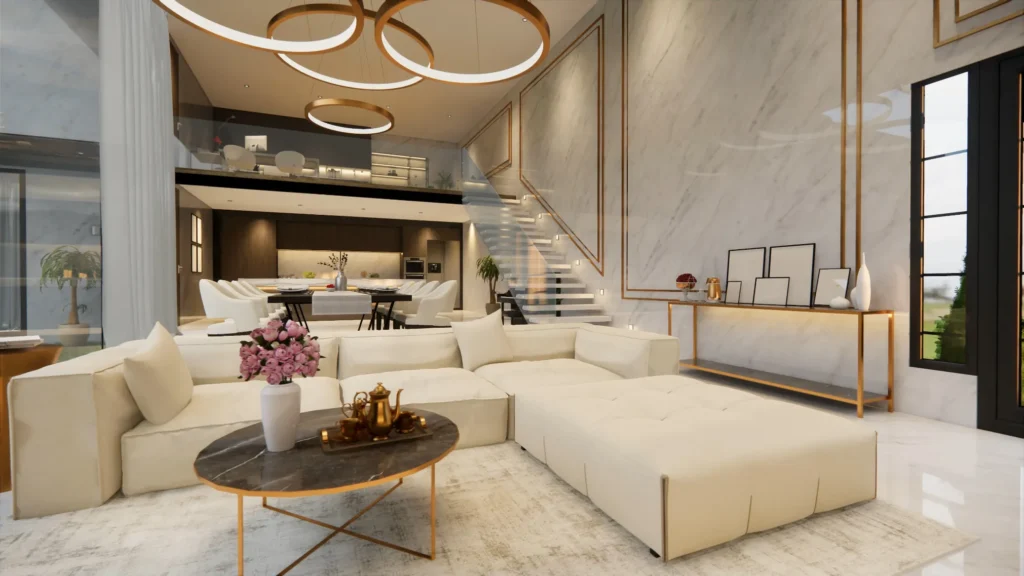
In the dynamic realm of interior design, keeping pace with rapid changes is not merely a choice; it’s imperative. This section explores the significance of continuous learning and professional development for interior designers, providing insights into staying updated on industry trends, leveraging resources, and seamlessly integrating ongoing learning into the workflow.
Staying Updated on Industry Trends
The Importance of Staying Current in the Ever-evolving Interior Design Industry:
Interior design is a dynamic field where trends, styles, and preferences evolve rapidly. Remaining current is not just about following trends; it’s about understanding the evolving needs of clients and adapting designs to reflect contemporary aesthetics. For example, staying informed about the growing preference for sustainable and eco-friendly designs allows designers to integrate these elements seamlessly into their projects.
Resources for Staying Informed About Design Trends:
- Online Platforms and Blogs: Websites like Dezeen, ArchDaily, and Dwell provide a wealth of information on the latest design trends, showcasing innovative projects from around the world.
- Social Media: Platforms like Instagram and Pinterest are treasure troves of design inspiration, offering a real-time look at emerging trends and styles.
- Industry Events and Conferences: Attending events such as the High Point Market or Maison et Objet provides firsthand exposure to cutting-edge designs and emerging trends.
Also Read: 7 Surprising Interior Design Facts That Will Blow Your Mind
Integrating Ongoing Learning into the Workflow
Continuous learning should not be a separate endeavor; instead, it should seamlessly integrate into the daily workflow of an interior designer. For instance, setting aside dedicated time each week for research and exploration allows designers to stay informed without overwhelming their schedules. Additionally, joining online forums or discussion groups facilitates knowledge exchange with peers, fostering a collaborative learning environment.
Continuous learning goes beyond merely staying current with trends; it involves honing skills, discovering novel techniques, and embracing innovation. By making learning an inherent part of the design process, designers position themselves as leaders in the ever-evolving interior design landscape.
Check out more blogs from Twinn here!
How Twinn Simplifies Interior Design
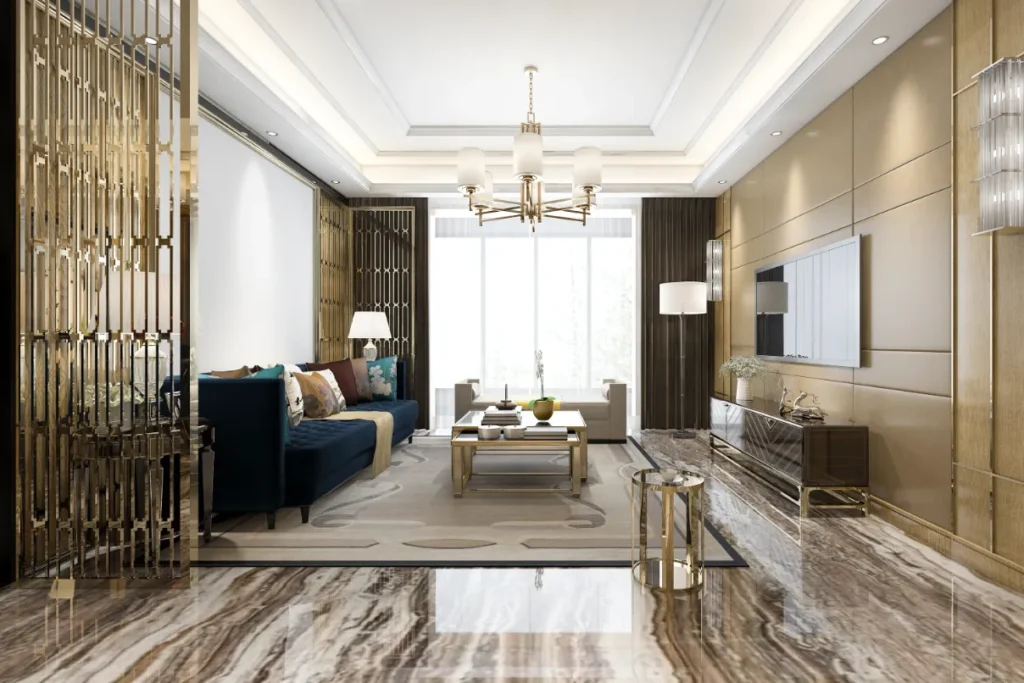
Twinn Technology liberates interior designers from the intricacies of project management, allowing them to allocate more time to the creative essence of their work. At the core of this efficiency is Twinn HQ, a revolutionary platform equipped with purpose-built project management features. By streamlining workflows and eliminating distractions, Twinn HQ transforms the way interior design projects are handled, enabling designers to focus on their craft.
The intuitive dashboard in Twinn HQ simplifies business operations, fostering effective team communication and saving valuable time and resources. Designers can effortlessly navigate through tasks, timelines, and collaborative efforts, ensuring that project management becomes a facilitator rather than a hindrance. This newfound efficiency extends to Twinn Studio, where the power of AI is harnessed for quick and photorealistic design inspirations.
By minimizing the time spent on project management tasks, Twinn Technology creates a paradigm shift. Designers can delve deeper into the creative process, leading to expedited project delivery without sacrificing quality. In essence, Twinn Technology becomes a catalyst for interior designers, empowering them to spend less time managing and more time bringing their design visions to life.
Conclusion
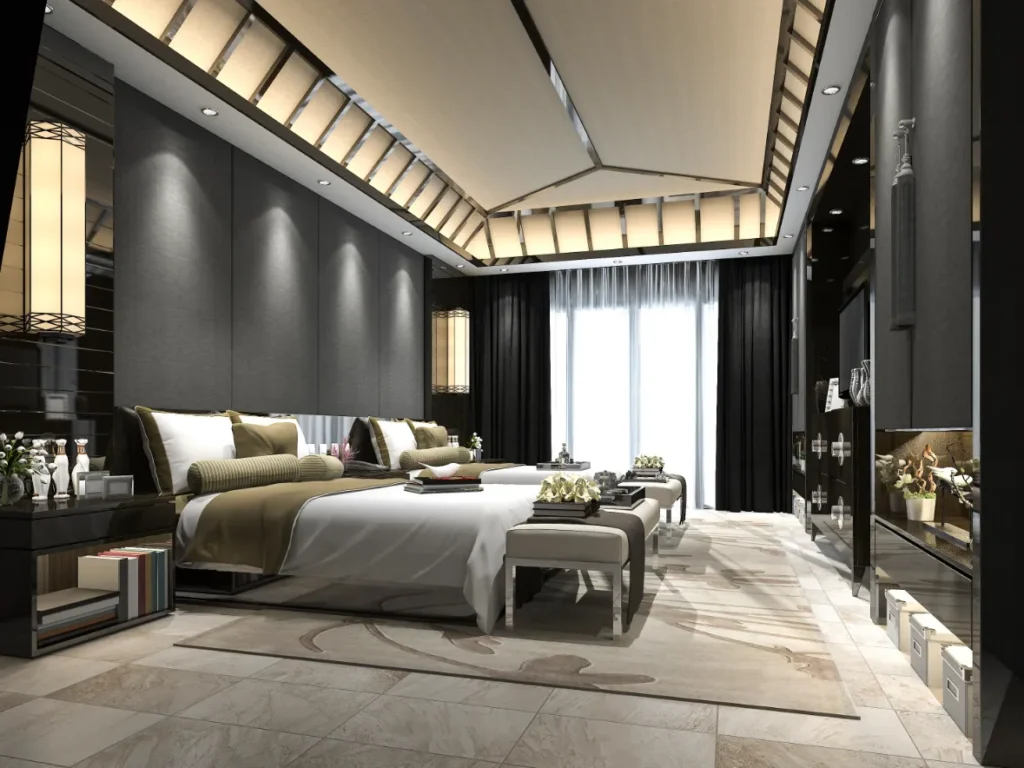
In the dynamic realm of interior design, where artistic vision converges with practical functionality, success is intricately woven with continuous learning, effective communication, and strategic time management. As we wrap up this exploration, it’s evident that interior designers, akin to skilled artisans, must embrace the ever-changing landscape of their profession.
From project initiation, designers are challenged with the delicate orchestration of client expectations, team collaborations, and navigating the nuanced trends of the industry. The pivotal role of clear communication cannot be overstated, acting as the linchpin that unites designers with clients and team members, fostering a collaborative environment indispensable for project triumph.
Time management emerges as a critical determinant, urging designers not merely to meet deadlines but to surpass expectations. The integration of digital tools, precise goal-setting, and strategic prioritization forms the scaffolding for an efficient workflow. Furthermore, astute outsourcing and delegation enable designers to concentrate on their core strengths, striking a harmonious balance between creative expression and logistical proficiency.
The journey crescendos with continuous learning—a steadfast commitment to staying abreast of industry trends and refining skills. As designers navigate this dynamic panorama, they position themselves not as mere trend followers, but as pioneers, crafting spaces that transcend expectations and stand as enduring testaments to their ever-evolving expertise. In this dynamic industry, the dedication to growth and adaptability becomes the bedrock for sustained success in shaping spaces that etch an indelible mark on the canvas of interior design.
The White Frame is not just another interior design and build firm, we are proud to offer you professional service levels of global standards and deep respect for both contemporary and traditional interior design, Headquartered in Gurgaon, and extend our services across diverse cities, including Gurgaon, South Delhi, Delhi-NCR, North India, Mumbai, Chandigarh, Jaipur, and Agra.
Explore some of our work here!


